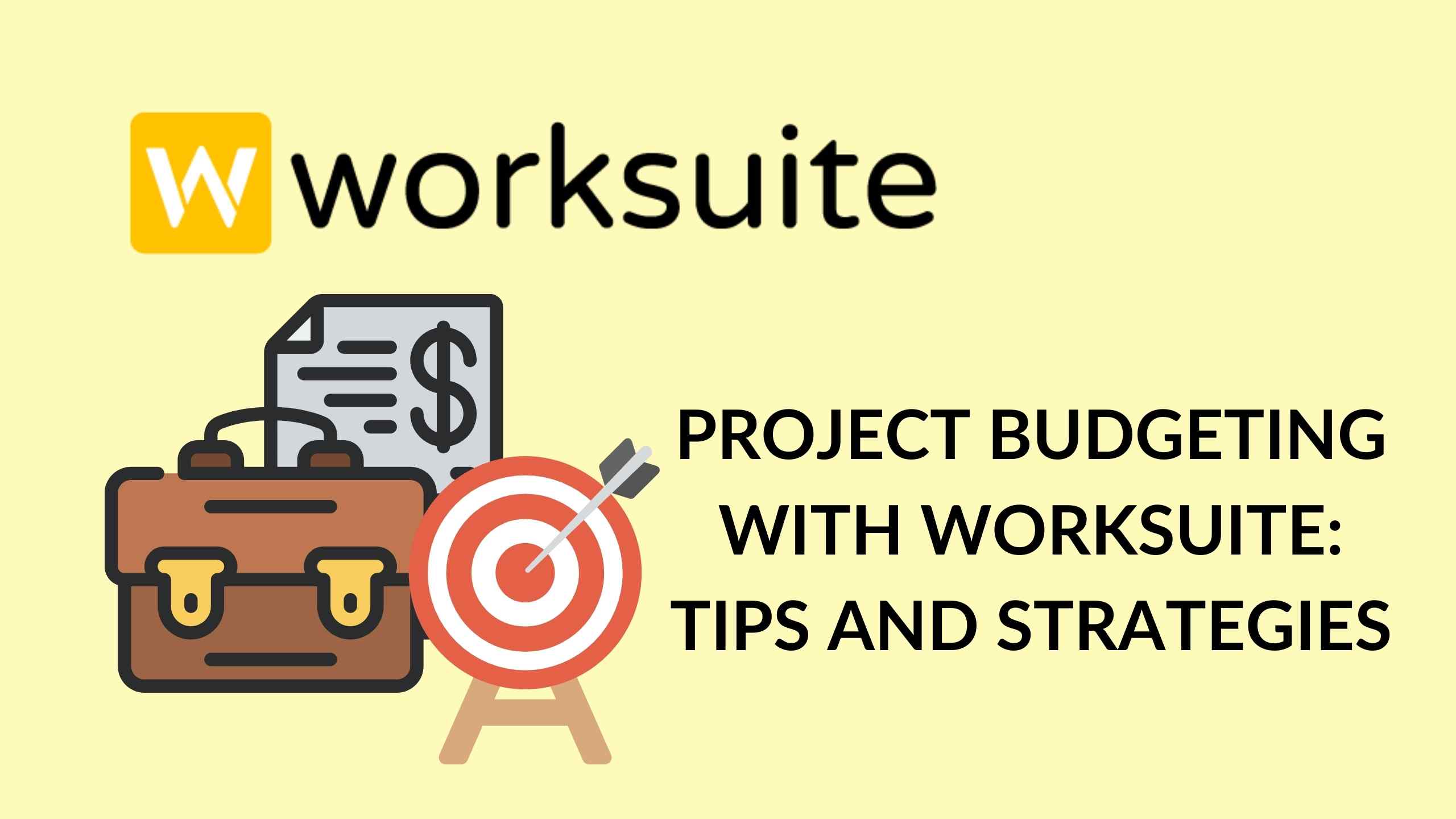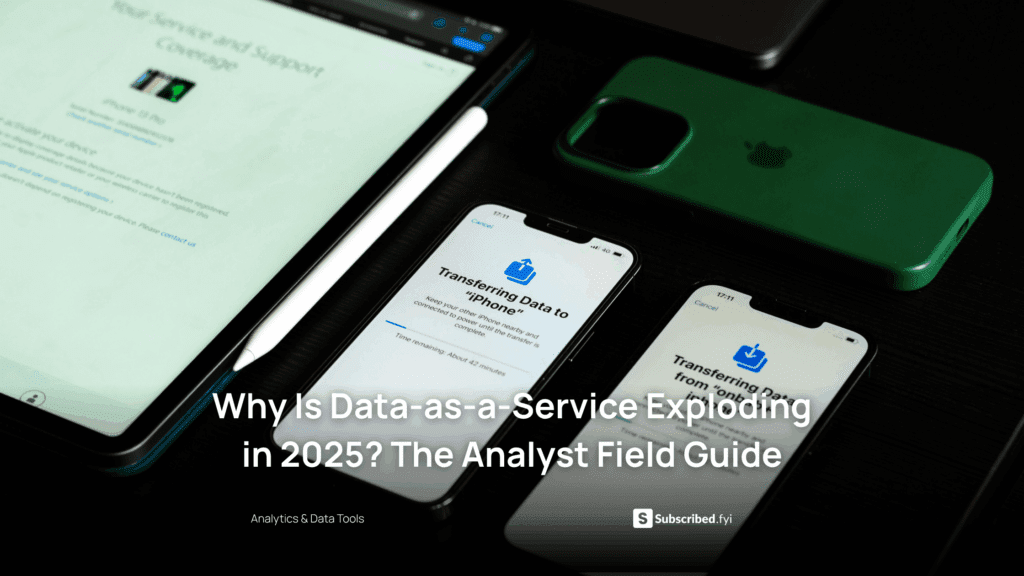Project Budgeting with Worksuite: Tips and Strategies
- E-Learning Platforms Worksuite


Mastering Project Budgeting: A Comprehensive Guide with Worksuite
Managing a project budget is akin to steering a ship through unpredictable waters. From meticulous expense tracking to avoiding budget overruns, the challenges are vast. Fear not, as this guide unveils seven invaluable tips and strategies to navigate the complexities of project budgeting successfully, especially when leveraging the power of Worksuite.
Understanding Project Budgets: A Foundation for Success
Project Budget Defined: A project budget serves as the captain’s wheel for project managers, steering the course by controlling costs and monitoring spending throughout the project’s lifespan. Crafting an effective budget involves understanding three key cost categories: direct costs, indirect costs, and contingency costs.
- Direct Costs: Directly tied to the project, encompassing materials, labor, and travel.
- Indirect Costs: General expenses essential for execution, such as overhead, insurance, and rent.
- Contingency Costs: Set aside for unforeseen circumstances, acting as a safety net for unexpected costs or delays.
Crafting Your Budget: Begin by estimating direct costs, breaking down the project into tasks with assigned cost estimates. Collaborate with the financial team to calculate indirect and contingency costs. Various budgeting methods, such as top-down, bottom-up, analogous estimating, and parametric estimating, can be employed based on your project’s specifics.
Related Resource: How to Create a Project Budget
The Power of Detailed Records
Keeping meticulous records is the cornerstone of effective project budget management. This extends beyond invoices and receipts to include comprehensive documentation and a streamlined workflow.
- Centralized Document Storage: Establish a central repository, either physical or electronic, for all project documents.
- Document Templates: Create templates for various document types, ensuring consistency and efficiency.
- Shared Calendars: Track deadlines and deliverables through shared calendars, fostering team-wide awareness.
- Task Assignment and Progress Tracking: Assign tasks, track progress, and ensure accountability within the team.
- Clear Communication: Foster clear and consistent communication, avoiding misunderstandings and conflicts.
Related Resource: Project Budget Management Tips
Setting Limits for Fiscal Discipline
Impose budgetary limits for each category to prevent overspending and maintain fiscal discipline. These limits should be informed by project size, scope, funding availability, and market conditions.
- Identify Key Categories: Determine essential budget categories and set specific limits for each.
- Consultation: Collaborate with the team and stakeholders to set realistic and agreed-upon limits.
- Contingency Fund: Establish a contingency fund for genuine emergencies, separate from regular category limits.
Related Resource: Project Budget Management
Leveraging Project Management Software
Harness the capabilities of project management software to streamline budget tracking and enhance collaboration.
- Asana: A comprehensive tool for tracking milestones, assigning tasks, and messaging team members.
- Trello: Offers a “Progress” view, showing the percentage of tasks completed for each project.
- Smartsheet: Facilitates detailed reports on project progress with customizable metrics.
Related Resource: Worksuite Case Study – Time Savings and Streamlined Workflow
Regular Budget Reviews: A Proactive Approach
Regularly review your budget to identify and address potential issues early, ensuring ongoing accuracy and effectiveness.
- Early Issue Identification: Catch potential problems early and make necessary adjustments promptly.
- Preventing Costly Mistakes: Avoid underestimating expenses, track changes, account for inflation, consider taxes, and have a contingency plan.
Related Resource: What is Project Budgeting?
Strategic Cost-Cutting Without Compromising Quality
Effectively cut costs without sacrificing project quality by strategic prioritization and efficiency.
- Prioritization: Identify key project components and focus on perfection in crucial areas.
- Resource Efficiency: Leverage software tools for process efficiency, saving time and money.
- Strategic Outsourcing: Outsource tasks outside your expertise to save time and ensure quality.
Related Resource: Project Budget Management Tips
Embrace Flexibility for Success
In the dynamic landscape of project management, flexibility is paramount. Stay adaptable and be prepared to make necessary changes to ensure budget compliance.
- Prioritize Project Success: Flexibility allows for adjustments in scope or schedule to meet budget constraints.
- Use Contingency Funds Wisely: When faced with unexpected costs, leverage contingency funds to maintain project momentum.
- Constant Vigilance: Regularly monitor your budget and be ready to adapt to changes promptly.
Related Resource: Project Budget Management Tips
Conclusion
Mastering project budgeting with Worksuite involves a holistic approach encompassing planning, meticulous record-keeping, fiscal discipline, technological support, proactive reviews, strategic cost-cutting, and flexibility. By integrating these tips and strategies into your project management repertoire, you can confidently steer your projects toward success, on time and within budget.











